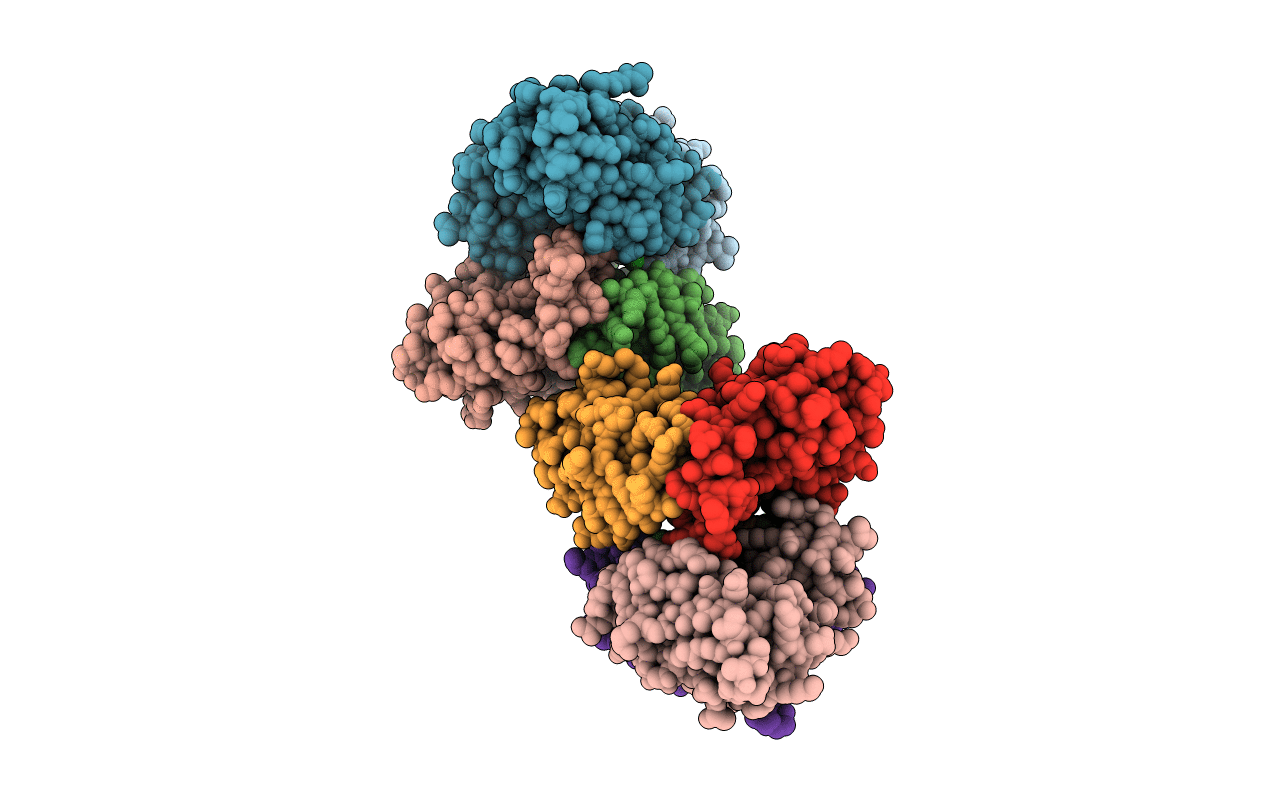
Deposition Date
2004-01-12
Release Date
2004-02-10
Last Version Date
2024-10-16
Entry Detail
PDB ID:
1V8O
Keywords:
Title:
Crystal Structure of PAE2754 from Pyrobaculum aerophilum
Biological Source:
Source Organism:
Pyrobaculum aerophilum (Taxon ID: 13773)
Host Organism:
Method Details:
Experimental Method:
Resolution:
2.80 Å
R-Value Free:
0.27
R-Value Work:
0.22
R-Value Observed:
0.22
Space Group:
P 1 21 1


